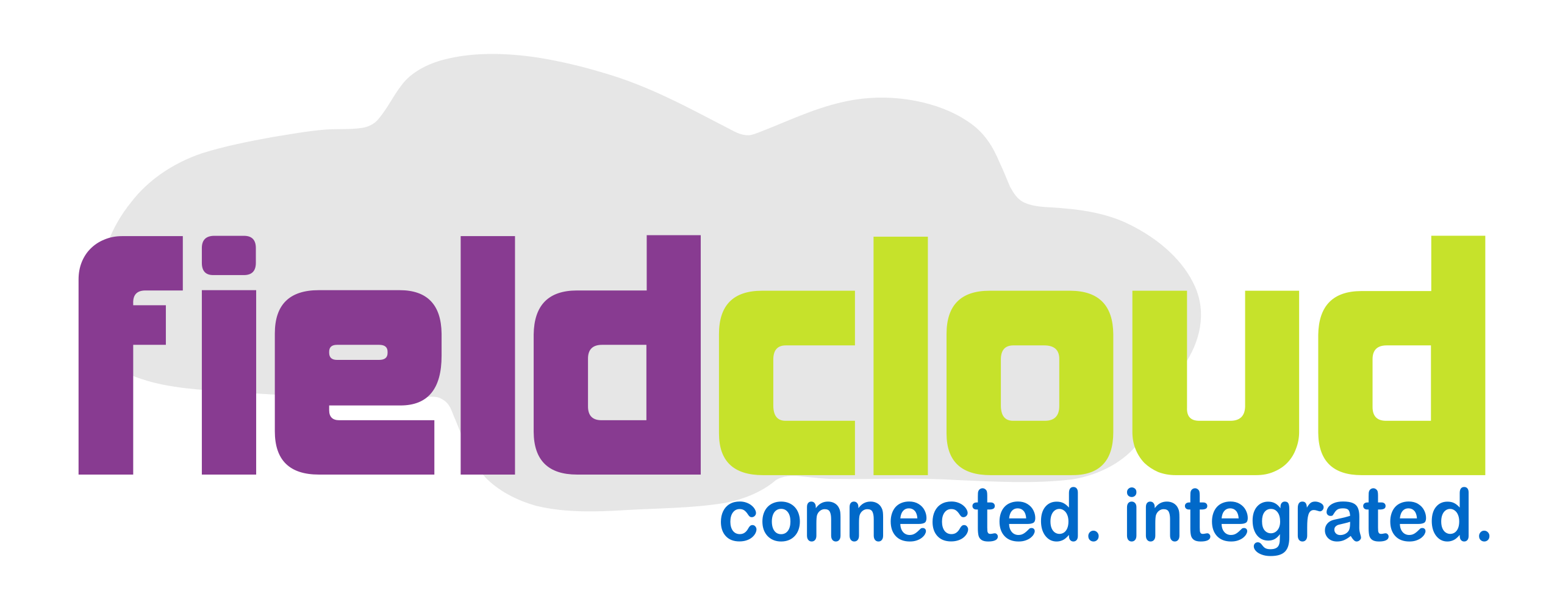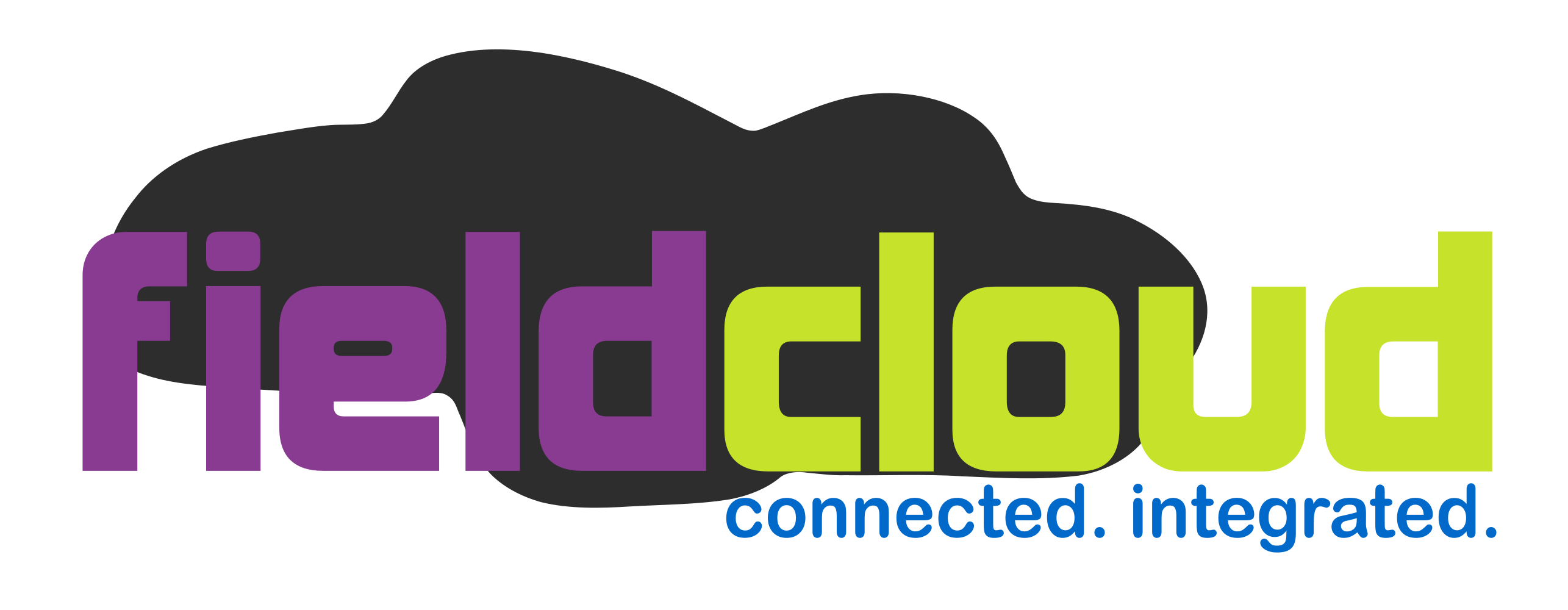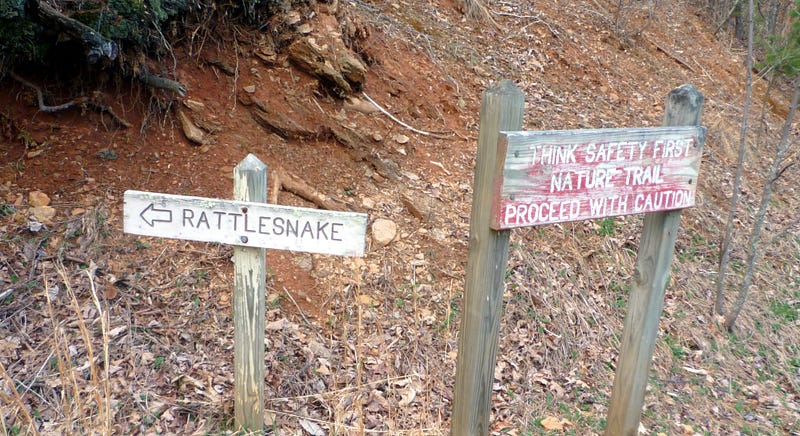3 Vital Data Feeds for Industrial IoT
I’ve spent most of my career connecting things, people and processes. Sometimes, this involves dealing with exotic systems, legacy machines and proprietary protocols. Great fun. Hic sunt dracones.
After a lot of soul searching I realized that my passion is very much centered around solving data extraction and delivery challenges. Which is why I founded my company fieldcloud back in 2009, a specialist systems integrator and solution builder for what we now call the Industrial Internet of Things.
Last week I had the pleasure of bringing two of my clients together who serve radically different parts of an industrial end user customer’s value chain. It was a most enlightening conversation.
For Industrial IoT to really serve an end user organization, particularly large enterprises such as oil & gas operators, mining houses, logistics providers, it is important for service providers to foster an ecosystem approach to solution delivery. It sounds a bit contradictory but leveraging the complexity of an ecosystem, with many distinct moving parts and technology choices actually simplifies the end user organization’s experience and hence increases the value of the solution.
In the future, the role of an IIoT Ecologist (aka Landscape Architect) is going be very important to understand domain problems within the end user organization’s industry sector and come up with the right combination of technology inputs, systems integration expertise and managed service delivery processes.
IIoT solution design needs to focus on three key data feeds to the enterprise:
- Process Control & Supervisory Systems
- Environmental Measurements
- Diagnostics Systems
Projects can become challenging when there are legacy systems involved in any of the three data feeds mentioned above. Especially in the process control domain, which is very mature. In some industries there is an expectation that all field data must flow through process control, which creates integration issues for new application platforms especially when multiple third-parties are involved in operations. Environmental measurements account for the majority of new Internet of Things projects, typically to ‘measure around the process’ and understand external influences on process operations. Historically diagnostic systems were not permanently connected to communications networks, either used offline (with manual data capture) or only during certain situations (e.g. plant maintenance shutdown).
If one thing is clear, end user organizations are expecting to be able to operate more efficiently, using a ‘single pane of glass’ decision support system. What they do not want is to have a multitude of incompatible vendor-specific applications that don’t talk to each other. Therein lies the opportunity for smart systems integrators, equipment vendors and communication service providers!
Want to know more about our unique approach to Industrial IoT Systems Integration? Sign up to our newsletter here.
Since the mid 1990s, Matthew D. Smith has been building network solutions for connecting people, plant and process.


